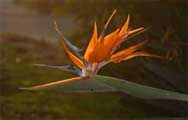 Bird of paradise (Strelitzia reginae) is a dramatic plant with distinctive iridescent orange and midnight blue flowers that resemble an exotic bird peeking out from the broad leaves in autumn, winter and spring. Although this flower is often associated with tropical places, like Hawaii, the plant is actually native to South Africa. It grows wild in the eastern Cape among other shrubs along riverbanks and clearings in the coastal bush where it is an important nectar source for birds. The climate there is mild, with rain distributed throughout the year. It has been exported throughout the world to subtropical climates. In the US it is widely used as an ornamental in Southern California and Florida – and is even the official flower of the City of Los Angeles. It is also commonly used as a cut flower in the florist trade.
Bird of paradise (Strelitzia reginae) is a dramatic plant with distinctive iridescent orange and midnight blue flowers that resemble an exotic bird peeking out from the broad leaves in autumn, winter and spring. Although this flower is often associated with tropical places, like Hawaii, the plant is actually native to South Africa. It grows wild in the eastern Cape among other shrubs along riverbanks and clearings in the coastal bush where it is an important nectar source for birds. The climate there is mild, with rain distributed throughout the year. It has been exported throughout the world to subtropical climates. In the US it is widely used as an ornamental in Southern California and Florida – and is even the official flower of the City of Los Angeles. It is also commonly used as a cut flower in the florist trade. 
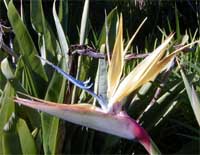 There are five species in the genus Strelitzia, named for Queen Charlotte, wife of George III, who was also the Duchess of Mecklenburg-Strelitz, Germany. They are all perennial subtropical plants native to southern Africa. In addition to the ordinary common bird of paradise, there is a variety of S. reginae with yellow sepals called ‘Mandela’s Gold’ that was was released by Kirstenbosch National Botanical Garden, Cape Town, South Africa in 1996. Although S. reginae is the most common, white or giant bird of paradise (S. nicolai and S. alba) are also available in the horticultural trade.
There are five species in the genus Strelitzia, named for Queen Charlotte, wife of George III, who was also the Duchess of Mecklenburg-Strelitz, Germany. They are all perennial subtropical plants native to southern Africa. In addition to the ordinary common bird of paradise, there is a variety of S. reginae with yellow sepals called ‘Mandela’s Gold’ that was was released by Kirstenbosch National Botanical Garden, Cape Town, South Africa in 1996. Although S. reginae is the most common, white or giant bird of paradise (S. nicolai and S. alba) are also available in the horticultural trade. 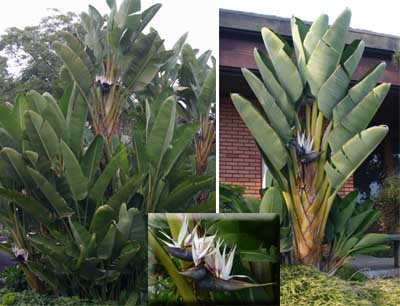 These species can grow to 30 feet tall and do not bloom until the plants are quite mature. But the large, 18-24 inch wide and 3-4 foot long, banana tree-like leaves are attractive enough on their own to make this an excellent interior foliage specimen for a very tropical look. (The common names white and giant are often used interchangeably for these two species – they look very similar, but S. nicolai usually has blue petals.) S. caudata is very similar to these two species but remains much shorter (to about 6½ feet) and is rarely available.There is also another species, S. juncea (sometimes considered a variety of S. reginae) that has a rush-like appearance, with the leaves arising from the base of the plant and staying in a round, spear-like form. This plant has flowers similar to but slightly smaller than S. reginae. It is rarely available to the home gardener.
These species can grow to 30 feet tall and do not bloom until the plants are quite mature. But the large, 18-24 inch wide and 3-4 foot long, banana tree-like leaves are attractive enough on their own to make this an excellent interior foliage specimen for a very tropical look. (The common names white and giant are often used interchangeably for these two species – they look very similar, but S. nicolai usually has blue petals.) S. caudata is very similar to these two species but remains much shorter (to about 6½ feet) and is rarely available.There is also another species, S. juncea (sometimes considered a variety of S. reginae) that has a rush-like appearance, with the leaves arising from the base of the plant and staying in a round, spear-like form. This plant has flowers similar to but slightly smaller than S. reginae. It is rarely available to the home gardener. 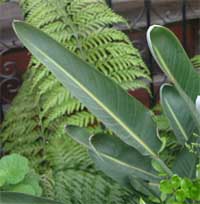 The common bird of paradise is a slow-growing, clump-forming plant with fleshy roots. Leaves grow from a crown at the base of the plant, arising alternately (coming from the base directly opposite each other) so each clump is somewhat flattened. The leaves are borne on a long stalk that sometimes reaches up to 2 feet in length. The oblong leaf blades are stiff and leathery, concave and grayish- or bluish-green with a pale midrib.
The common bird of paradise is a slow-growing, clump-forming plant with fleshy roots. Leaves grow from a crown at the base of the plant, arising alternately (coming from the base directly opposite each other) so each clump is somewhat flattened. The leaves are borne on a long stalk that sometimes reaches up to 2 feet in length. The oblong leaf blades are stiff and leathery, concave and grayish- or bluish-green with a pale midrib. 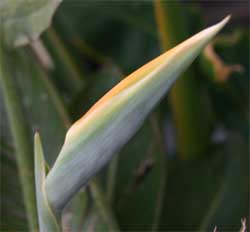 The hard, beak-like sheath from which the flower emerges is called the spathe, which grows at right angles to the stem and gives the appearance of a bird’s head. The flowers emerge one at a time from the spathe.
The hard, beak-like sheath from which the flower emerges is called the spathe, which grows at right angles to the stem and gives the appearance of a bird’s head. The flowers emerge one at a time from the spathe. 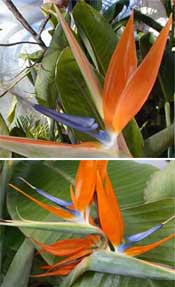 Each flower consist of 3 orange sepals and 3 blue petals. Two of the blue petals are joined together to form an arrow-like nectary. When birds that pollinate the flowers sit to drink the nectar, the petals open to cover their feet in pollen. The older flowers dry up after a while. These can be carefully removed as newer flowers emerge, to keep the bloom looking fresh, or can be left to shrivel on the flower stalk. Occasionally a second spathe will be produced from the primary one, giving a double tier of flowers. Bird of paradise can easily be grown as a houseplant to bring a touch of the tropics to our cold climate. It needs a sunny spot indoors during the winter and does best when moved outside for the summer (but be careful to acclimate it to the stronger light outdoors or it could get sunburned). One of the most common reasons mature Strelitzia do not bloom well is insufficient light. They require nearly full sun in the summer and as much light as possible in winter to bloom. Be sure to bring the plant in before first frost (although it can tolerate a limited amount of time down to about 28ºF). Keep the soil moist in the summer, but allow the pot to dry out between waterings when indoors. These plants are heavy feeders, so fertilize every 2 weeks throughout the summer, and monthly in the winter with a water-soluble fertilizer (if it’s planted in soilless medium; it may require less fertilizer if in real soil).
Each flower consist of 3 orange sepals and 3 blue petals. Two of the blue petals are joined together to form an arrow-like nectary. When birds that pollinate the flowers sit to drink the nectar, the petals open to cover their feet in pollen. The older flowers dry up after a while. These can be carefully removed as newer flowers emerge, to keep the bloom looking fresh, or can be left to shrivel on the flower stalk. Occasionally a second spathe will be produced from the primary one, giving a double tier of flowers. Bird of paradise can easily be grown as a houseplant to bring a touch of the tropics to our cold climate. It needs a sunny spot indoors during the winter and does best when moved outside for the summer (but be careful to acclimate it to the stronger light outdoors or it could get sunburned). One of the most common reasons mature Strelitzia do not bloom well is insufficient light. They require nearly full sun in the summer and as much light as possible in winter to bloom. Be sure to bring the plant in before first frost (although it can tolerate a limited amount of time down to about 28ºF). Keep the soil moist in the summer, but allow the pot to dry out between waterings when indoors. These plants are heavy feeders, so fertilize every 2 weeks throughout the summer, and monthly in the winter with a water-soluble fertilizer (if it’s planted in soilless medium; it may require less fertilizer if in real soil). 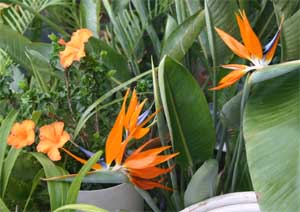 Plants tend to bloom more profusely when pot-bound, so don’t be too anxious to repot your plant once it is about 3 feet tall – just replace the top soil every year or so. Also, do not plant too deeply. Exposure of the top of the roots supposedly encourages flowering. Early spring is the best time when repotting is necessary (i.e. the roots have cracked open the pot). Plant in any well-draining soil or soilless potting mix in a large pot or tub. Strelitzia does not have many pest problems but mealybugs, scale and spider mites may infest the plants. It is easy to wipe the large leaves off with a soft cloth (do not use any leafshine product, as that could damage the natural matte finish). Houseplant insecticides can also be used.
Plants tend to bloom more profusely when pot-bound, so don’t be too anxious to repot your plant once it is about 3 feet tall – just replace the top soil every year or so. Also, do not plant too deeply. Exposure of the top of the roots supposedly encourages flowering. Early spring is the best time when repotting is necessary (i.e. the roots have cracked open the pot). Plant in any well-draining soil or soilless potting mix in a large pot or tub. Strelitzia does not have many pest problems but mealybugs, scale and spider mites may infest the plants. It is easy to wipe the large leaves off with a soft cloth (do not use any leafshine product, as that could damage the natural matte finish). Houseplant insecticides can also be used. 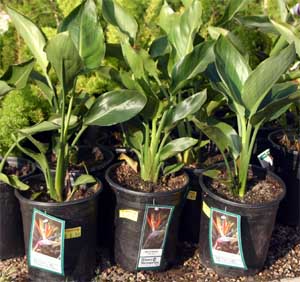 Bird of paradise can be propagated from seeds or division. Seeds are slow to germinate (it may take up to 8 weeks or more) and it will take 4-7 years for the plant to begin blooming. For best results, sow fresh seed in the spring. Soak the hard seeds for 24 hours and remove the bright orange tuft of hairs attached to the seed, then place 1 inch deep in moist potting mix and keep warm (85ºF). Transplant when the seedlings have 2-3 leaves. Grow in lower light than mature plants and do not restrict root growth, as this will slow overall development of the plant. Plants that have been blooming for a few years can be divided, but this may prevent the plant from blooming again for a few years, or young suckers can be removed from the parent plant. – Susan Mahr, University of Wisconsin
Bird of paradise can be propagated from seeds or division. Seeds are slow to germinate (it may take up to 8 weeks or more) and it will take 4-7 years for the plant to begin blooming. For best results, sow fresh seed in the spring. Soak the hard seeds for 24 hours and remove the bright orange tuft of hairs attached to the seed, then place 1 inch deep in moist potting mix and keep warm (85ºF). Transplant when the seedlings have 2-3 leaves. Grow in lower light than mature plants and do not restrict root growth, as this will slow overall development of the plant. Plants that have been blooming for a few years can be divided, but this may prevent the plant from blooming again for a few years, or young suckers can be removed from the parent plant. – Susan Mahr, University of Wisconsin
The bird of paradise is one of the most stunning and iconic tropical plants, known for its beautifully shaped orange, blue, and white blooms resembling a brightly colored bird in flight While young bird of paradise plants are easy to find, it takes 3-5 years for them to mature and produce flowers For those wanting to add instant tropical flair to their garden, purchasing a mature bird of paradise is the way to go.
What is a Mature Bird of Paradise Plant?
A mature bird of paradise is typically over 3 feet tall with an established root system and already producing its signature flowering stalks. Some key signs a bird of paradise is mature include:
- Height over 3 feet
- Thick woody trunk and stems
- Established clumps of leaves
- Presence of flowering stalks
- More mature plants may be 5-6 feet tall with abundant blooms
Benefits of Buying a Mature Specimen
There are several advantages to buying a mature bird of paradise instead of a younger plant:
- Provides immediate tropical impact with its bold foliage and flowers.
- Blooms much sooner, within the first year.
- Has a bigger, bolder presence in the garden.
- Transplants more successfully due to established root system.
- Is hardier, vigorous, and healthy compared to a younger plant.
If you want a quick tropical effect or need to fill space fast, a mature bird of paradise is the way to go.
Where to Find Mature Birds of Paradise for Sale
While mature birds of paradise are harder to find than young plants, here are some top places to find them:
Specialty Nurseries
Check local nurseries focusing on tropicals and exotics. Selecting plants in person allows you to hand pick the perfect specimen. Call ahead to confirm availability.
Online Mail Order Nurseries
Reputable online nurseries have a wider selection of plant sizes, often carrying extra large and mature plants. Some recommended sources include Logee’s Tropical Plants, Garden Goods Direct, Evergreen Direct, and BrighterBlooms.
Big Box Home Improvement Stores
Occasionally major chains like Home Depot and Lowe’s have mature bird of paradise plants, especially in spring. Inventory varies but worth a look.
Plant Nursery Outlets
Find discount distribution centers selling direct from commercial growers. While selection is always changing, they often have a nice variety of large, mature plants.
What to Look for When Buying a Mature Plant
When selecting a mature bird of paradise, look for:
- Multiple flowering stalks
- Vigorous, robust leaf growth
- Large, healthy root system
- Full, rounded canopy of leaves
- Good rich leaf color without spots or yellowing
- Proper height and size as advertised
- Healthy white roots without rot
Taking time to choose a top quality specimen will ensure it transplants and grows well.
Caring for a Mature Bird of Paradise Plant
Caring for a mature bird of paradise after planting includes:
- Carefully digging up the entire root ball and transplanting quickly.
- Generously watering while roots establish the first few weeks.
- Staking larger plants if needed for support.
- Allowing time to adjust before fertilizing or pruning.
- Providing excellent drainage in fast-draining soil.
- Giving ample bright sunlight – at least 6 hours a day.
With proper care after transplanting, a mature plant will quickly bounce back and start flowering.
How to Plant a Mature Bird of Paradise
Follow these tips when planting a mature bird of paradise:
- Dig a hole slightly larger than the root ball.
- Partially backfill the hole and place the plant. Position it 2-3 inches higher than ground level to allow for settling.
- Backfill with soil, tamping down gently to remove air pockets.
- Water thoroughly until water drains from the bottom of the hole.
- Apply 2-4 inches of mulch around the base, leaving several inches bare near the trunk.
- Stake the plant if top heavy or in windy areas.
- Allow it time to establish for 4-6 weeks before fertilizing.
Ongoing Care and Maintenance
To keep a mature bird of paradise thriving:
- Site in full sun – it thrives in at least 6 hours of direct sun daily.
- Water 1-2 times a week, allowing the soil to partially dry between waterings.
- Fertilize in spring and summer with a balanced fertilizer.
- Prune off dead leaves and spent flowers as needed.
- Protect from frost and temperatures below 30°F.
- Repot every 2-3 years in spring, moving up one pot size.
- Divide rootbound plants in early spring.
With proper care, a mature bird of paradise will grow for decades, providing exotic tropical flair with its stunning foliage and flowers!
Add Instant Tropical Style
For those desiring the signature bird of paradise blooms, purchasing a mature plant is the fastest way to achieve it. While juvenile plants eventually reach maturity, a mature specimen makes an immediate statement and flowers in the first year. Seek out a vigorous, healthy mature bird of paradise from a reputable source to add vibrant tropical beauty to your garden!

Ask Your Gardening Question
If you’re unable to find the information you need, please submit your gardening question here:
Featured Articles by Season
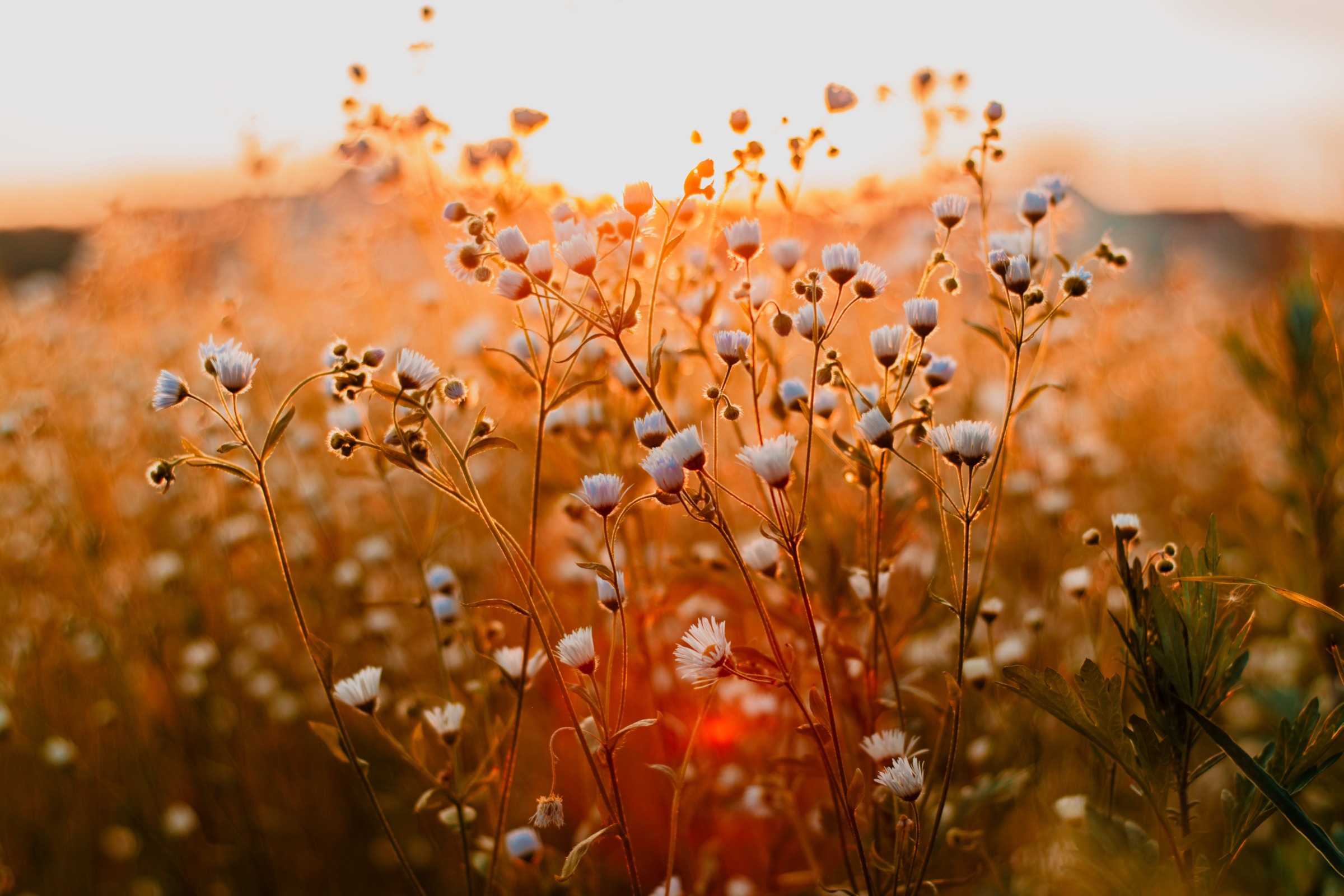
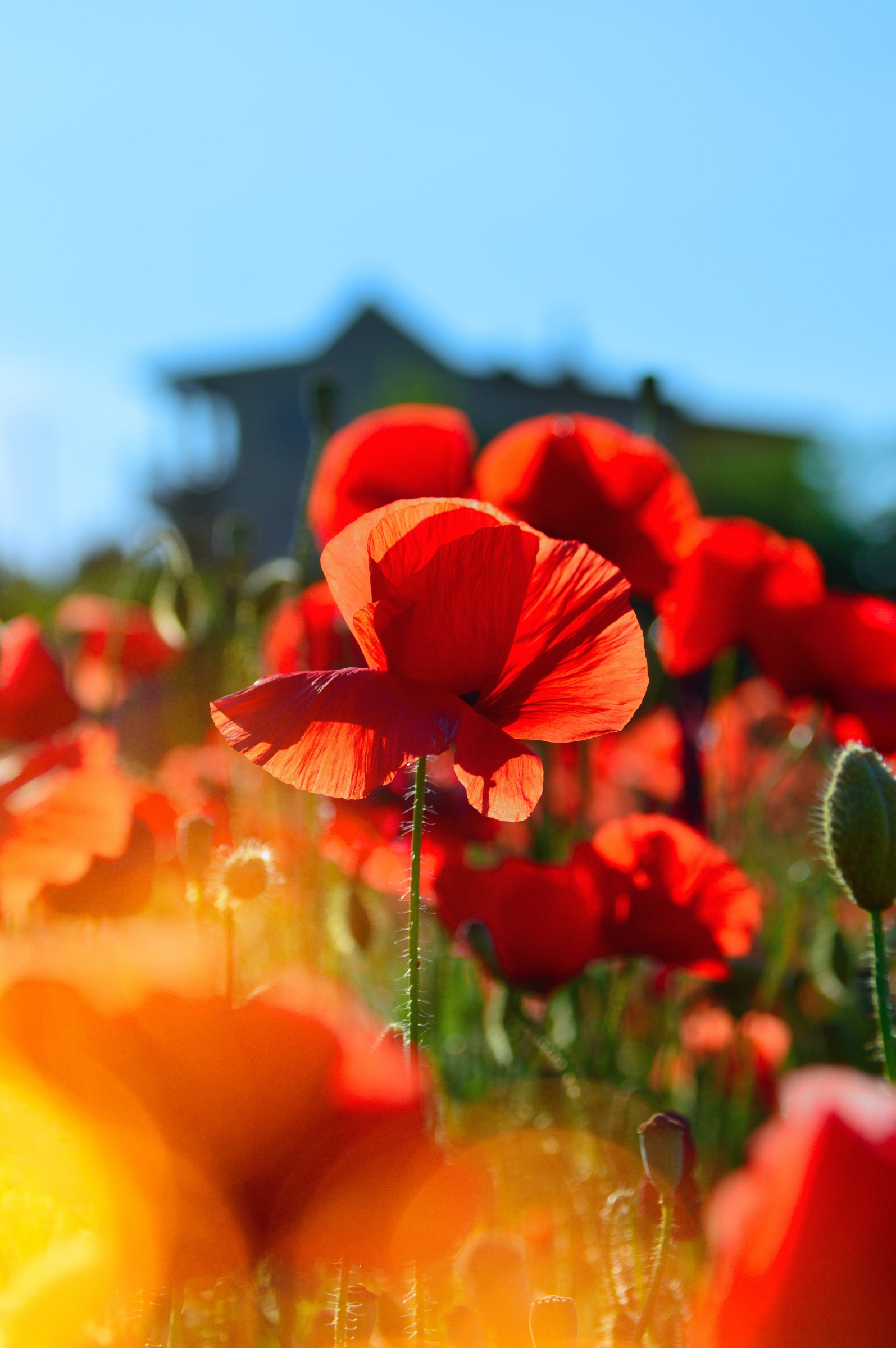
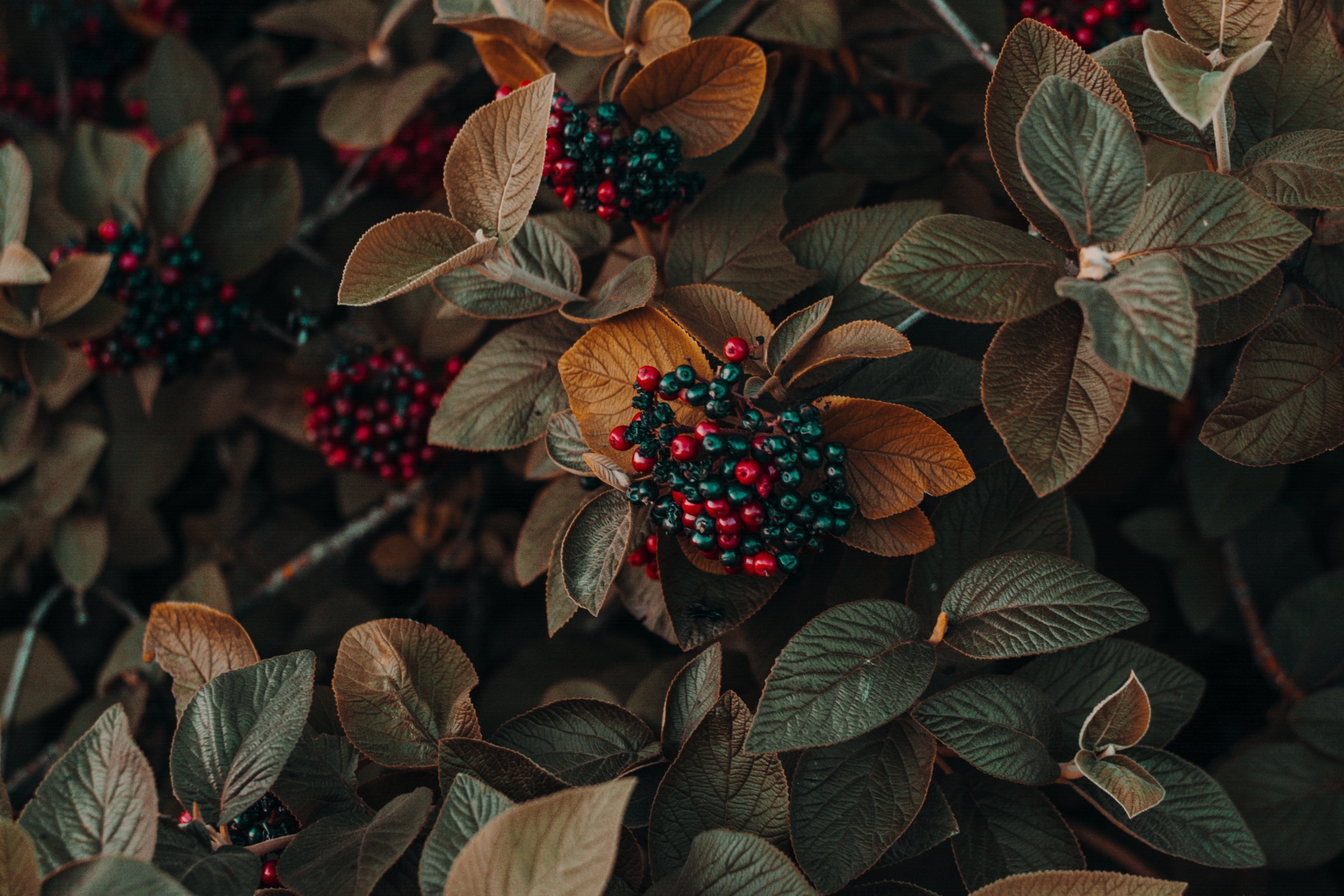
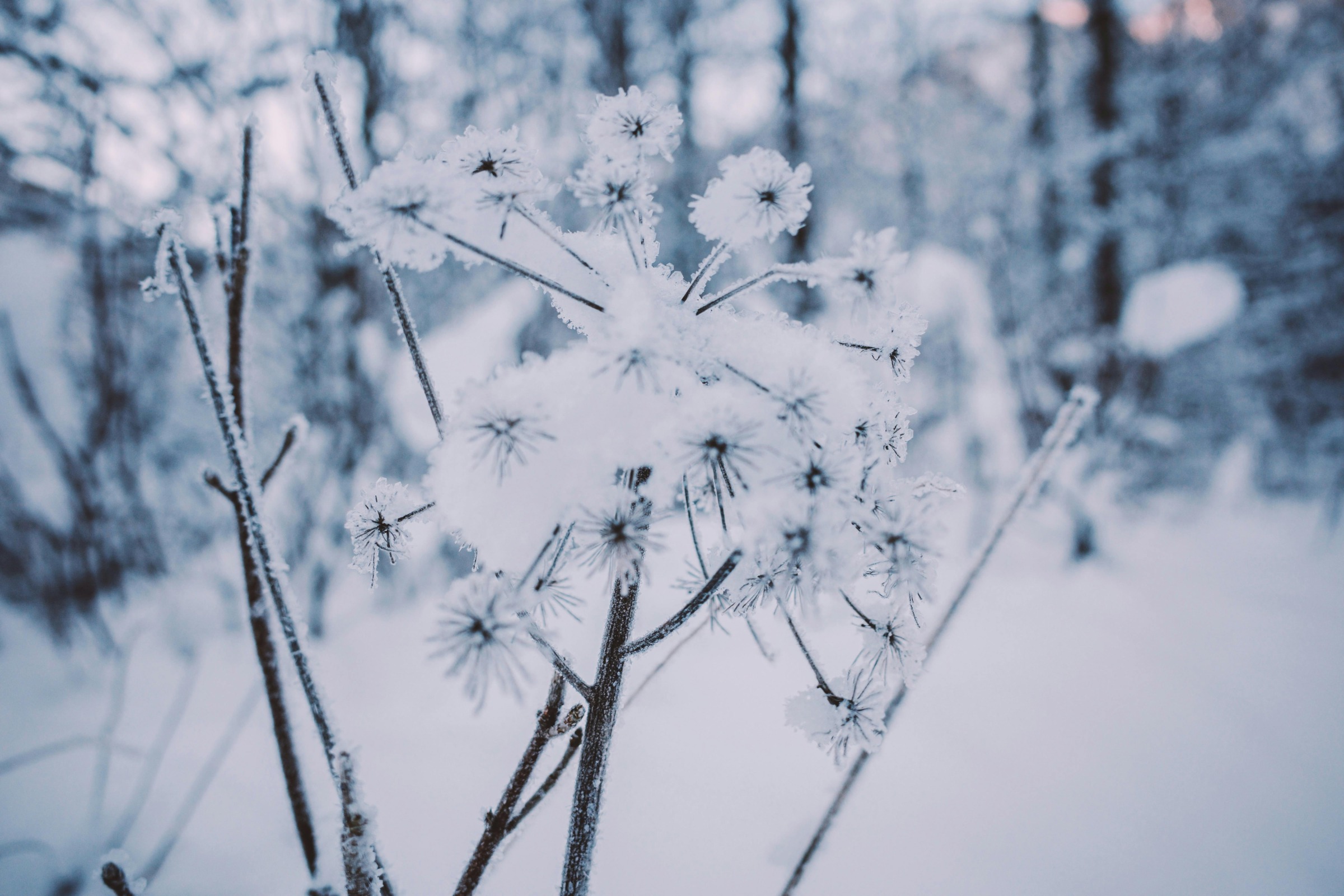
Bird Of Paradise Indoor Plant – Things To Know Before Buying
FAQ
How long does it take for a Bird of Paradise to mature?
Bird of paradise plants can take several years to reach maturity and bloom. Germinating seeds can take 2-3 months, and it may be several years (possibly 5-6) before a plant grown from seed produces its first flowers, according to Better Homes & Gardens.
What is the lifespan of a Bird of Paradise?
Does Home Depot sell bird of paradise plants?
Garden Tropics 1.71 PT. White Bird of Paradise Indoor House Plant 1005415594 – The Home Depot.
How do I know if my Bird of Paradise is mature?
Bird of paradise (Strelitzia reginae)
This plant will grow 10-12 feet tall and will start to bloom when it reaches maturity.
Where can I buy a mature bird of Paradise?
Here are some top places to buy a mature bird of paradise: The best place to check for mature birds of paradise is specialty nurseries in your area. Look for nurseries that focus on tropical and exotic plants. The benefit of purchasing locally is you can see and select the exact plant you want. Be sure to call ahead to confirm availability.
Is bird of Paradise a houseplant?
Bird of paradise (latin name: Strelitzia reginae, family: Strelitziaceae) is a tropical attention grabber that blooms year-round in the south but is surprisingly easy to grow as an indoor houseplant. Its distinctive orange, blue, and white flowers are showy and reminiscent of a crane, giving the plant its other common name — crane flower.
Where can I buy a bird of paradise plant?
Logee’s Tropical Plants – A leading source for rare and exotic plants, Logee’s offers select extra large bird of paradise specimens. Garden Goods Direct – Specializes in mature landscape-size plants, including 6 foot tall bird of paradise plants. Evergreen Direct – Sells advanced bird of paradise plants in 7, 10, and 15 gallon sizes.
How long does a bird of paradise take to grow?
With its beautifully shaped flowers resembling a bright bird in flight, it’s easy to see why. While young bird of paradise plants are readily available at nurseries and garden centers, it can take 3-5 years for them to reach maturity and produce the signature flowering stalks.
How big does a bird of paradise plant get?
Bird of paradise reaches a maximum height of three to five feet with a spread of two to four feet. Mature plants will grow into clumps, which can be an attractive focal point in the landscape. Leaves are oblong, 12 to 18 inches long, and held on long, stiff leafstalks. Where is the best place to put a bird of paradise plant? Sunlight.
How long does a bird of paradise plant live?
Bird of paradise plants are slow-growing and can take as many as 5 or 6 years before beginning to bloom. With proper care, a bird of paradise plant can live for decades and giant bird of paradise plants (S. nicolai) have been reported to live as long as 50 to 150 years. What is a mature bird of paradise plant?
